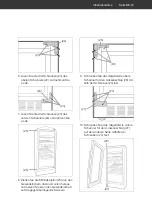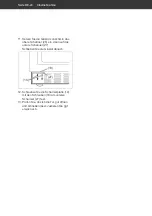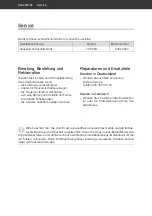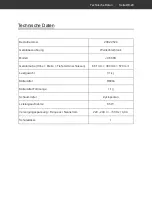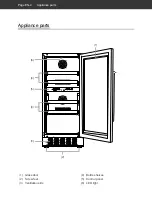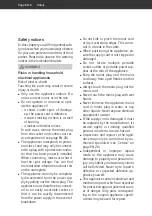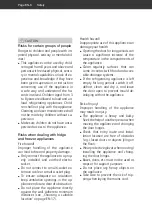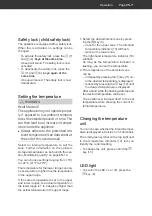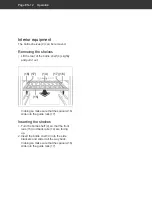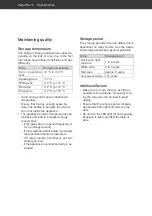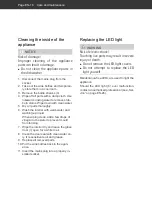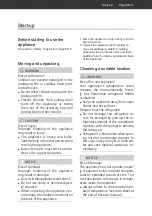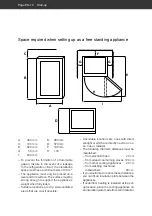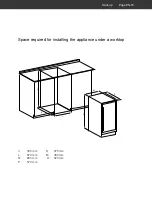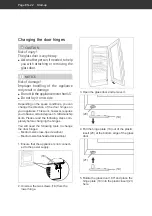
Safety
Page EN-7
■
In the event of a defect, before carry-
ing out any extensive cleaning work
or before repositioning the appliance,
disconnect the mains plug from the
plug socket.
■
Do not put any objects in or through
the housing openings, and also make
sure that children cannot insert any
objects in them.
■
Check the appliance regularly for
damage.
■
Do not remove the LED light covers.
■
Do not attempt to replace the LED
light yourself.
Risks to children
Risk of suffocation!
Children can become entangled in the
packaging fi lm or swallow small parts
and suffocate.
■
Do not allow children to play with the
packaging fi lm.
■
Prevent children from pulling small
parts off the appliance or putting
them in their mouths.
Risks associated with chemical
substances
Risk of fi re and explosion!
Your appliance’s refrigeration circuit
contains the environmentally-friend-
ly, but fl ammable refrigerant R600a
(isobutane).
■
Keep the appliance away from open
fl ames and hot surfaces.
■
Mechanical intervention in the refrig-
eration system must only be carried
out by authorised specialists.
■
Do not damage the refrigerant cir-
cuit, for example, by piercing the re-
frigerant channels of the condensate
evaporator with sharp objects, bend-
ing the piping, cutting open the insu-
lation, etc.
■
Refrigerant is fl ammable when spurt-
ing out and can damage the eyes. In
this case, rinse your eyes in clean wa-
ter and seek medical assistance im-
mediately.
■
To prevent the formation of a fl am-
mable gas-air mixture in the event of
a leakage in the refrigeration circuit,
the installation space must have a
minimum size of 1 m³ per 8 g of re-
frigerant in compliance with the EN
378 standard. The amount of refrig-
erant contained in your appliance
can be found on the data sheet at the
end of the user manual.
Danger of explosion!
Improper handling of chemical sub-
stances can lead to explosions.
■
Do not store explosive substances or
spray cans with fl ammable propel-
lants inside the appliance, as they
may cause ignitable gas-air mixtures
to explode.
■
Never use defrosting sprays. They can
generate explosive gases.

